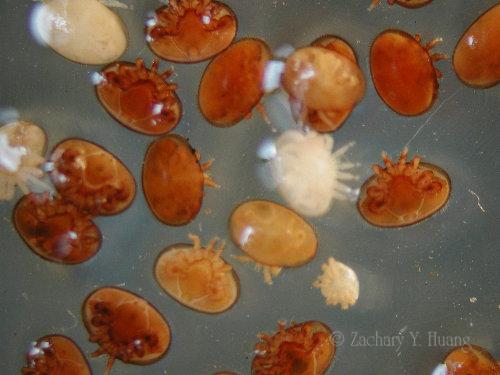
Nosema apis and Nosema ceranae are single celled parasites of the honey bee midgut that can weaken individual bees and entire colonies, making them more susceptible to other pests and diseases, as well as affect digestion, metabolism, hormone production, queen egg laying, homing and learning. Millions of spores can be found within an individual bee and spores will persist on …



